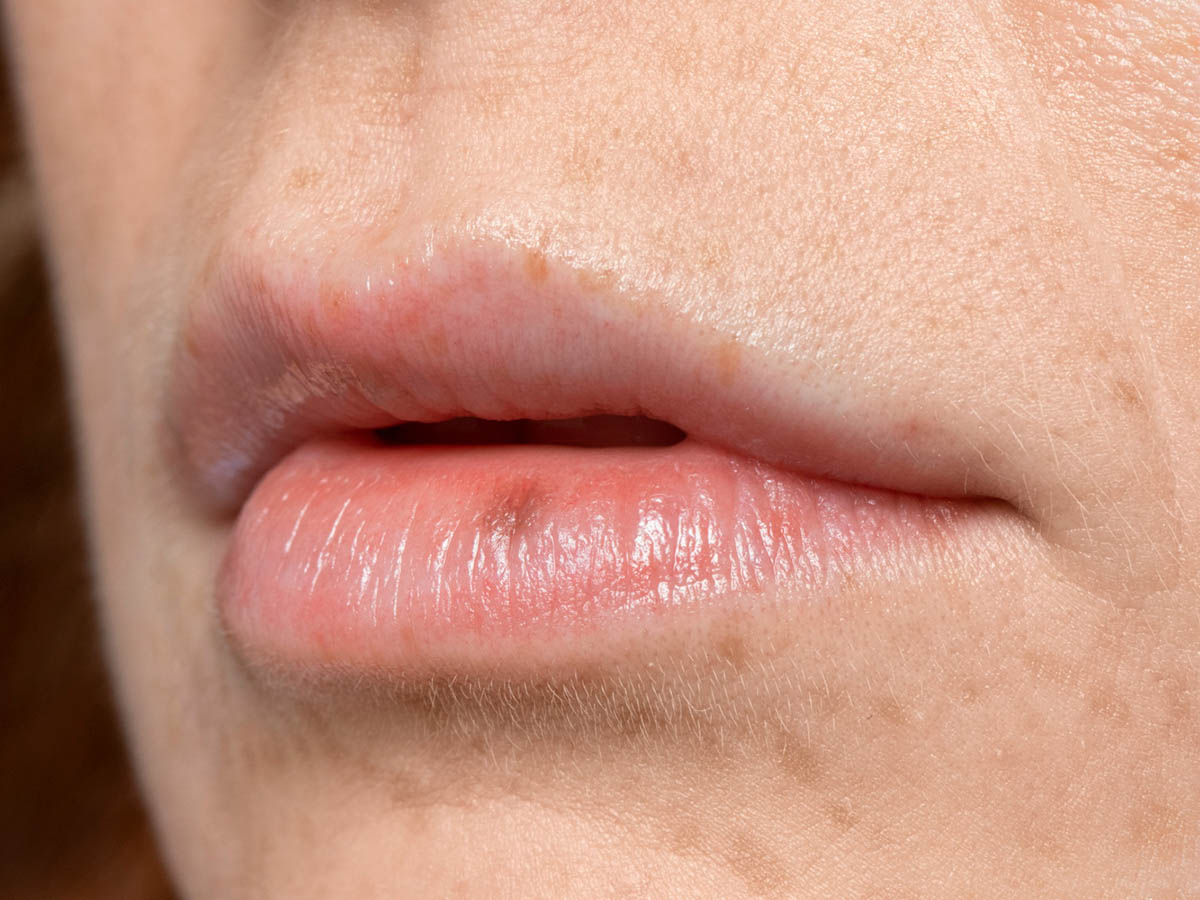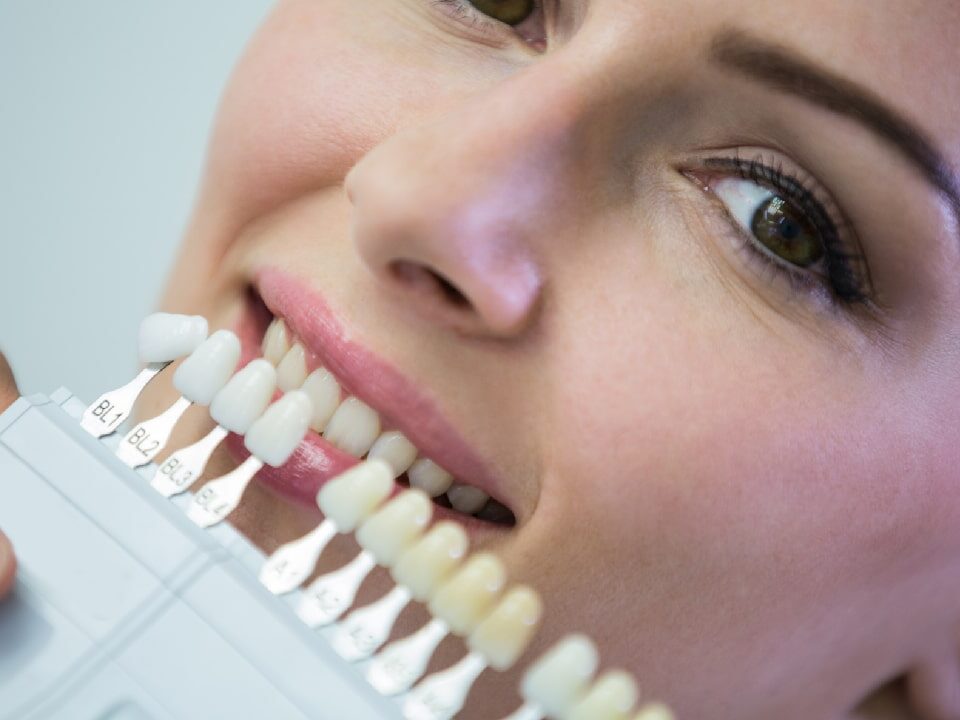
How Is The Removal of Oral Fibroma Done?
December 27, 2023
Can a Venous Lake Disappear?
January 10, 2024A gingivectomy is a dental procedure to treat gum disease by removing diseased gum tissue. Patients often wonder if their gums will regrow after this procedure, a concern crucial for aesthetic and functional oral health.
Can Your Gums Grow Back After Gingivectomy?
After a gingivectomy, which involves the surgical removal of gum tissue, the gums do not grow back to their original state. This procedure is typically performed to remove diseased or excessive gum tissue, often due to gingivitis or periodontitis. Post-procedure, the remaining healthy gum tissue heals and reattaches to the teeth, but the removed tissue does not regenerate.
A gingivectomy aims to eliminate pockets between the teeth and gums where bacteria can grow, thereby improving oral health and preventing gum disease. Ensuring a successful recovery and maintaining good oral hygiene to safeguard the remaining gum tissue requires patients to strictly follow the post-operative care instructions given by their dentist or periodontist.
If there are aesthetic or functional concerns after a gingivectomy, other dental procedures might be recommended to address them, such as gum grafts or treatments. It’s important to confer with a dental professional for personalized advice and treatment options.
Is a Gingivectomy Permanent?
Yes, a gingivectomy is considered a permanent procedure. In a gingivectomy, gum tissue that has been removed does not grow back. The process is typically performed to remove excess or diseased gum tissue, often due to gum disease. The goal is to eliminate deep pockets between the teeth and gums to prevent the accumulation of bacteria and further dental issues.
However, it’s important to note that while the effects of the gingivectomy are permanent, it does not prevent the possibility of future gum problems. Proper oral hygiene and regular oral check-ups are essential to maintain healthy gums after the procedure. If gum disease or other issues reoccur, additional treatment may be necessary. As with any dental procedure, discussing the long-term outlook and maintenance with your dentist or periodontist is best.
What Are The Disadvantages of a Gingivectomy?
A gingivectomy, like any surgical procedure, has potential disadvantages and risks, which include:
- Pain and Discomfort: Post-surgical pain and discomfort are common, although they are usually manageable with pain relief medications.
- Bleeding and Swelling: There can be bleeding and swelling in the gum area after the surgery, which generally subsides within a few days.
- Infection Risk: Like any surgical procedure, there is a risk of infection. Good oral hygiene and following post-operative care instructions can help mitigate this risk.
- Sensitivity: Post-procedure, teeth may become more sensitive to hot, cold, or sweet foods and drinks due to exposure of the tooth root area.
- Aesthetic Changes: Removal of gum tissue can lead to aesthetic changes, such as the appearance of longer teeth or uneven gum lines.
- Healing Time: The recovery process can take a few weeks, during which patients may need to eat soft foods and avoid certain activities.
- Recurrence of Gum Disease: If the underlying causes of the gum disease (like poor oral hygiene) are not addressed, the condition can recur.
- Cost and Accessibility: The procedure can be costly, and access to a skilled periodontist is necessary for the best outcome.
Find Out More: Ahwatukee Porcelain Veneers
How Long is Gingivectomy Healing Time?
The healing time after a gingivectomy, a surgical procedure to remove gum tissue, typically varies but generally follows this timeline:
- Initial Healing Phase: The first-week post-surgery is crucial for healing. During this period, patients often experience the most discomfort and swelling. The gums start to form a new epithelial layer in this phase.
- Subsequent Healing: The gums continue to heal over the next few weeks, and the swelling subsides. It’s common for the complete healing process to take up to four to six weeks, during which the gum tissue gradually firms up and reattaches to the teeth.
- Full Recovery: While the visible healing may appear complete in a few weeks, it can take several months for the underlying tissues to heal and stabilize fully.
It’s essential to persue the post-operative care instructions the dentist or periodontist provides, including oral hygiene practices, dietary modifications, and follow-up appointments, to ensure a smooth and successful healing process. Any concerns or unusual symptoms during the healing period should be promptly communicated to the dental professional.
Is Gingivectomy Reversible?
A gingivectomy is not reversible. This surgical process involves the removal of gum tissue; once removed, the gum tissue does not grow back. A gingivectomy typically removes diseased gum tissue, reshapes the gums, or reduces deep pockets between the teeth and gums, often due to periodontal disease.
After the procedure, the remaining gum tissue can heal and reattach to the teeth, but the tissue that has been excised is permanently gone. If there are concerns about the appearance or function of the gums after an Ahwatukee gingivectomy, additional dental procedures, such as gum grafts, may be considered to address these issues.
What Are The Signs of Infection After Gingivectomy?
After a gingivectomy, signs of infection to watch for include increased or prolonged pain, persistent swelling, excessive redness, pus or unusual discharge from the site, fever, a foul taste or bad breath, and ongoing or excessive bleeding. If you experience any of these symptoms, contact the best dental doctor or oral surgeon immediately, as prompt treatment is essential for proper healing and preventing the spread of infection.
Conclusion
In conclusion, a gingivectomy is a permanent, non-reversible procedure to remove diseased gum tissue to improve oral health. While it offers benefits like reducing gum pockets, it has potential disadvantages, including pain, sensitivity, and aesthetic changes. Proper post-operative care is crucial to avoid infection and ensure adequate healing. Regular dental follow-ups are essential to maintain oral health post-procedure.
FAQs
Can a gingivectomy improve my overall oral health?
A gingivectomy can improve oral health by removing diseased tissue and reducing deep pockets that harbor bacteria, but it must be coupled with good oral hygiene practices.
How do I know if I need a gingivectomy?
A gingivectomy is typically recommended for periodontal disease or excessive gum tissue. A dental professional can assess your gums and determine if this procedure is necessary.
Are there any dietary restrictions after a gingivectomy?
Yes, after a gingivectomy, it’s usually advised to eat soft foods and avoid spicy, hot, or hard foods that could irritate or injure the healing gums.
How long should I avoid brushing the surgical area after a gingivectomy?
Your dentist will provide specific instructions, but gentle brushing around the surgical site can generally resume after a few days, with careful avoidance of the healing gums.
Will a gingivectomy affect how my smile looks?
A gingivectomy might slightly alter the appearance of your gums and teeth, making the teeth appear longer or changing the gum line, but these changes are often subtle.



